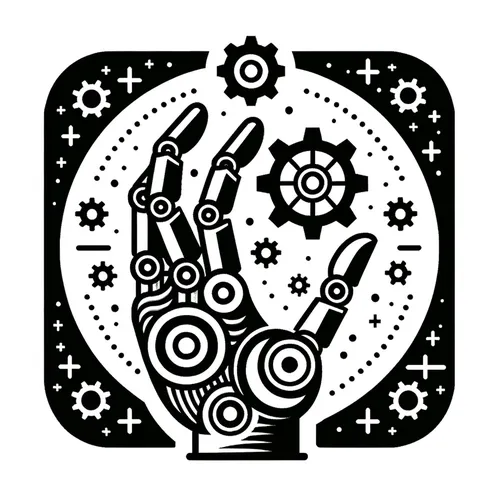Robots Gone Wild: AI Sparks Sizzling Automation Frenzy!
- Author
- Quiet. Please
- Published
- Wed 18 Jun 2025
- Episode Link
- https://www.spreaker.com/episode/robots-gone-wild-ai-sparks-sizzling-automation-frenzy--66599859
This is you Robotics Industry Insider: AI & Automation News podcast.
The robotics industry is charting an exciting yet complex course as we move into late June 2025. Industrial automation remains a transformative force across sectors, with market size projected to reach an impressive 256 billion US dollars this year and forecasted to soar to more than 569 billion by 2034. This sustained momentum is driven by an ongoing push for higher productivity, precision, and safety in manufacturing and logistics. Even so, the VDMA robotics and automation association has cautioned about revenue weakness in the immediate term, emphasizing the need for strategic innovation to maintain European competitiveness.
Recent technical breakthroughs include AI-powered robotic arms and modular platforms displayed at major industry events like Automate 2025, where real-world case studies demonstrated how robotics, motion control, and safety systems revolutionize infrastructure and manufacturing projects. Companies such as Emerson are showcasing intelligent automation solutions, while RealMan Robotics has unveiled new AI-driven systems aimed at manufacturing, research, and healthcare applications. Meanwhile, the demand for automotive manufacturing robots has fueled a 42 percent surge in unit shipments and a remarkable 78 percent revenue boost in the first quarter of the year, showing that specific verticals continue to drive growth even during uncertain times.
Strategic partnerships are also shaping the landscape. Notably, NEXCOM’s NexCOBOT and NVIDIA collaboration advances the integration of AI and safety for industrial robots, and recent investments by Rockwell Automation into RightHand Robotics push forward the adoption of advanced piece-picking solutions for warehouses. The warehouse automation sector is witnessing stronger AI and robotics synergy, as seen in collaborations between Photoneo and Jacobi Robotics for three-dimensional vision and AI-driven picking, and the latest FoxBot Mk3 autonomous forklift with expanded capabilities.
The practical takeaway for industry players is clear: focus on integrating AI deeper into automation workflows to unlock new efficiencies, leverage predictive analytics for smarter maintenance, and adopt collaborative robots to alleviate workforce shortages and raise safety standards. The accelerated pace of R and D, as evidenced by the high-profile funding rounds and new product offerings, suggests that investment in talent and technical capabilities remains paramount.
Looking ahead, the fusion of advanced robotics and artificial intelligence will not only redefine manufacturing and logistics but also enable adaptive, resilient supply chains. Organizations that embrace these trends and foster cross-domain partnerships will be best positioned to thrive in the competitive and ever-evolving world of industrial automation.
For more http://www.quietplease.ai
Get the best deals https://amzn.to/3ODvOta
